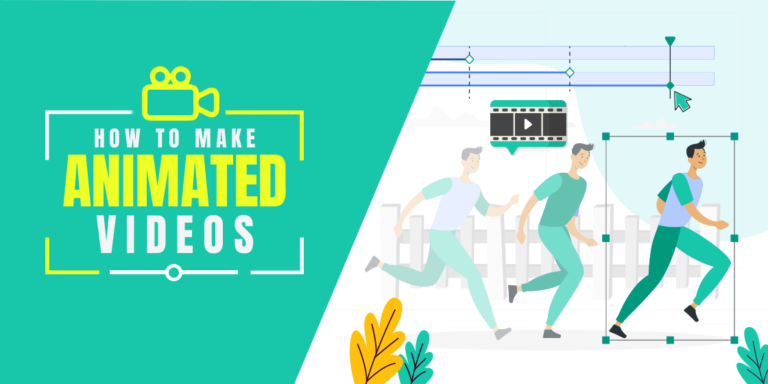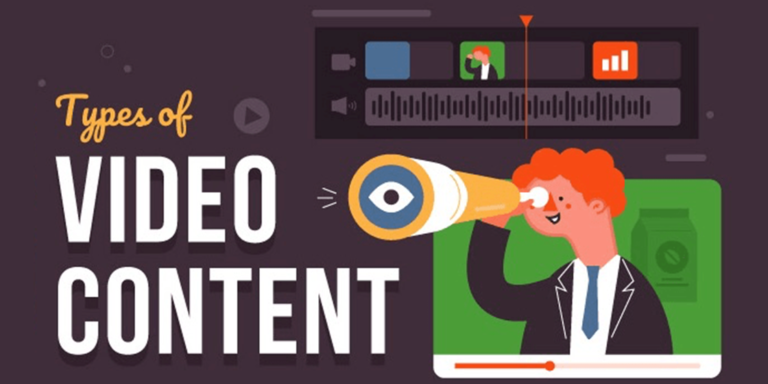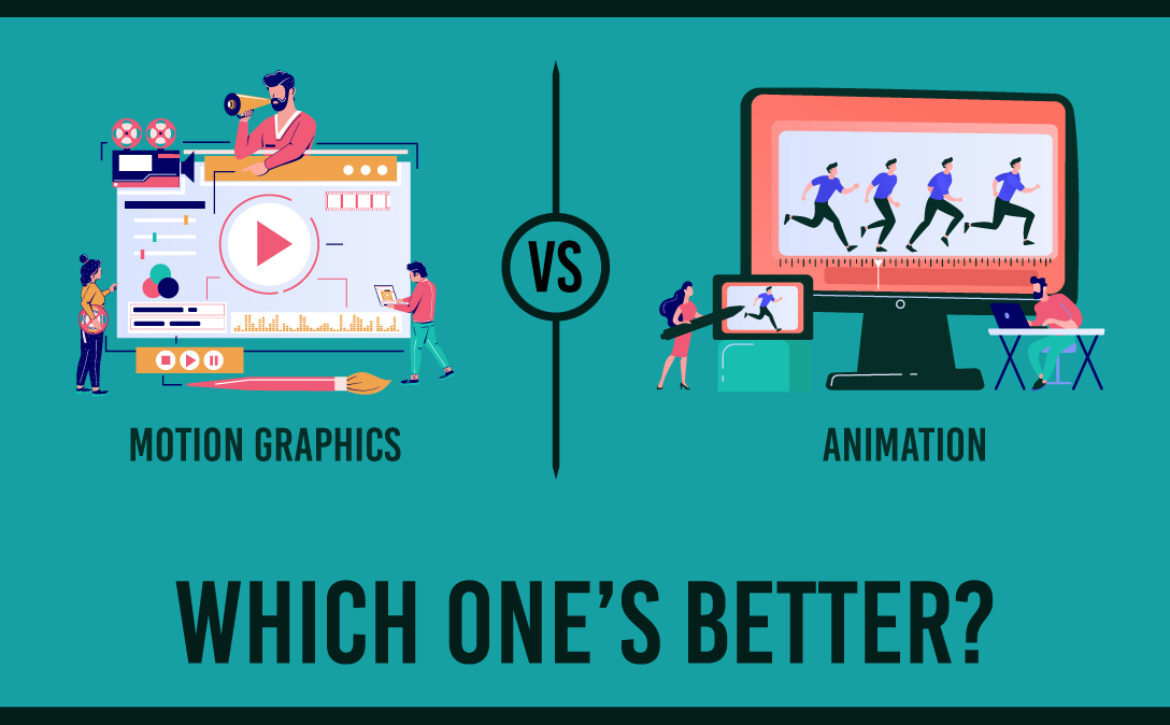
Table of Content
Discover Whether Motion Graphics Vs. Animation Are One And the Same
New to the design world or learning how to create an animated video for your brand, it’s highly probable that there’s a question on your mind. What is the difference between motion graphics and animation, and which one do you need?
Essentially, motion graphics are a style of animation. Animation covers a variety of styles that make static imagery more dynamic. Alternatively, motion graphics is a small subset of graphic animation that deals exclusively with animating 2D graphics. That means that, for the most part, the motion graphics vs. animation debate is of no use.
However, motion graphics animations allow you to animate and add movement to simple types of graphic designs like shapes. Unlike animation, which is used to enhance the narrative of a video, motion graphics are there to create an appealing visual experience.
Let’s have a look at the factors that differentiate motion graphics from animation, and discover how a professional graphic design agency would maximize their advantages.
What Is Motion Graphics Animation?
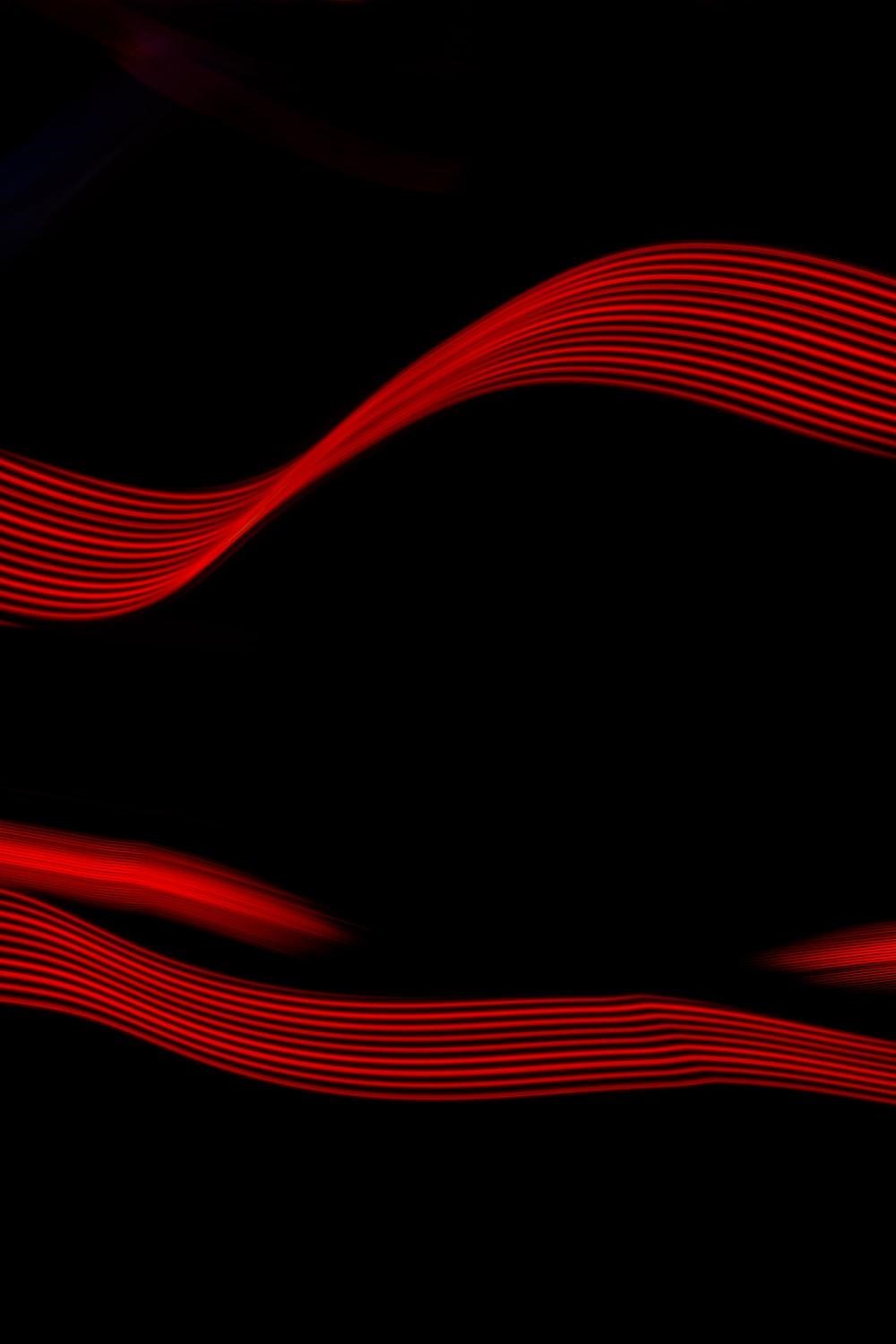
The idea behind motion graphics animation is quite simple – animate simple, two-dimensional static designs to integrate movement into them. That makes them dynamic and thus visually more appealing. The purpose is to increase the visual impact but does nothing to further the narrative itself.
You want a static banner on your website to unspool when someone hovers over it? Use motion graphics to do that.
Would you like the menus to pop up when you hover over them? Again, use motion graphics.
Want to create a moving character avatar? Well, that won’t be possible with motion graphics. Instead, another form of animation called character animation will be used. If the animated pictures tell a story or enhance the narrative somehow, then it is not motion graphics.
Different Types of Motion Graphics Animation – A Brief Overview
Motion graphics animation is an excellent tool for marketers looking to enhance and improve the impact of their brands. With the world moving towards a more dynamic design aesthetic, static designs will quickly lose their charm. Thus the popularity of animated types of videos is quite understandable. Now, there are various types of motion graphics you can opt for today, including:
- Explainer videos
- Walkthroughs/Instructional videos
- UI animation
- Dynamic logos
- Dynamic web icons
- Animated page titles
- Animated infographics
- Presentations
- Broadcasting motion graphics
- GIFs, Animated WebPs, and more
Why Should You Choose Motion Graphics Animation Over Simple, Static Graphics?
Now the question arises that why should we opt for motion graphics animation in the first place? Especially if they seemingly do nothing to further the narrative your design is trying to portray? Well, there are multiple reasons to include motion graphics in your projects.
While simplicity does have its place and appeal, it often requires far greater effort to make something simple effectively memorable. For corporate purposes, animated characters in the style of cartoons may seem too informal. For those scenarios, decent motion graphics work great to provide a visual break to an otherwise boring corporate presentation, making it more interesting.
Motion graphics animation convert ideas into visual cues. Many people work better with visual aids than they do with just a mental website. And the larger or more complex the picture, the harder it is to visualize. Motion graphics act as visual cues, making it easier to visualize and understand the concept better.
What is Animation – Understanding the Root of This Debate
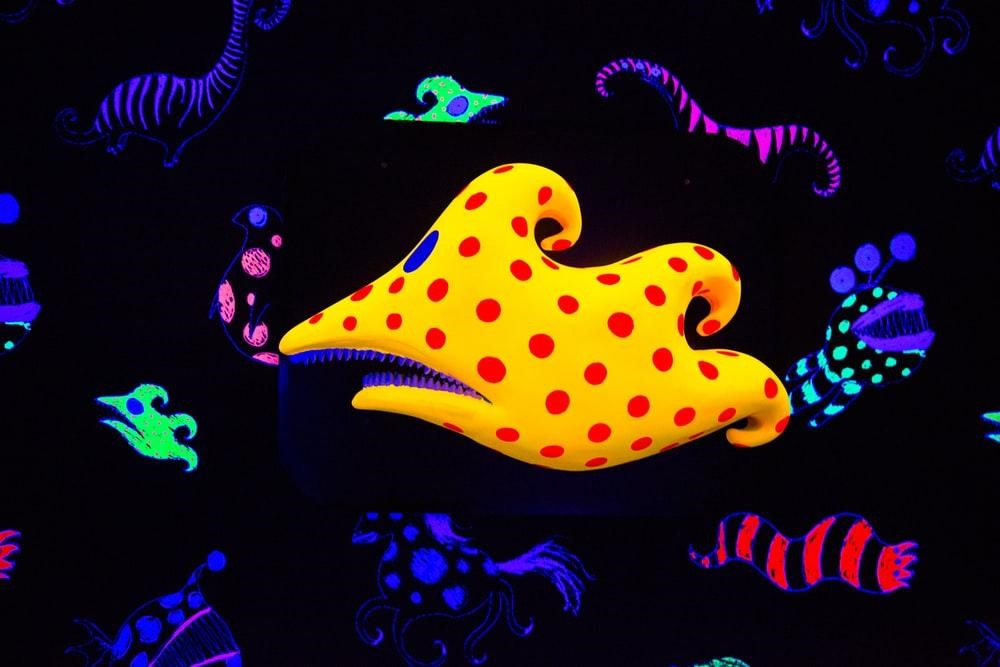
Animation is a very abstract and all-encompassing design term. It consists of many techniques, including motion graphics animation itself, and has been around for more than a century. Over the years, it has evolved from detailed manual designs such as the earliest cartoons created by Disney and the like, to elaborate digital animations used today.
In essence, animation includes everything that turns static objects dynamic. It includes CGI, Claymation, paper-animation, cartoons, and even a mix of various types of videos. For example, most motion graphics today are developed with the help of CGI. That means they combine two different animation types, effectively putting to rest the motion graphics vs. animation debate.
The Different Types of Animation – What Does It Include Besides Motion Graphics?
Animation is an umbrella term for many different dynamic graphics techniques, which are used to create various types of animation, including:
- Basic animation
- 2D or two-dimensional animation
- 3D or three-dimensional animation
- Stop-motion animation
- And finally, Motion graphics.
Why Should You Opt for Animation As a Whole?
Motion graphics animation are focused on adding movement to static shapes, images, and text. Examples include bringing content like infographics or banners to life with transition animation and more. On the other hand, animation as a whole:
Provides better brand value for the cost. Motion graphics are generally easier to produce than advanced animations. That means that they also cost less. But if you want realistic imagery for your products, then be prepared to spend a little more to get what you want.
Is a way to tell your brand story in an engaging way. It allows you to create a narrative that speaks to the consumers.
Motion Graphics vs. Animation – Are There Any Differences Between the Two?
Most people consider that both motion graphics animation and other types of animation can be used interchangeably. But while motion graphics may be called animation, using the two terms vice versa is not technically accurate.
As we’ve mentioned earlier, the term animation consists of many different techniques, including motion graphics. Often, advanced graphics require the use of motion graphics and other methods to give the project the desired visuals. Moreover, all of them follow the 12 principles of animation.
That means that there is a deep interconnection between the two terms. So much so that people mostly do not care to differentiate between the two. Nevertheless, listed below are some of the most common motion graphics vs. animation arguments.
Difference 1:
Motion graphics animation generally consist of a mix of shapes, text, and images on the screen. Advanced animation has detailed animated characters that enhance the storyline. That means that motion graphics are simpler to design and develop. In contrast, advanced graphics are more complex in design and implementation.
Difference 2:
Advanced animation spins an exciting and engaging tale meant to attract viewers. Motion graphics animation have no individual story or narrative to tell, however. Whenever you want to enhance the look of your animations without affecting the message, you use motion graphics.
Difference 3:
Motion graphics are predominantly used over live-action footage. Advanced animations are generally standalone imagery over an entirely computer-generated background. For example, title cards before a show or the stats and scores that appear during a football game are examples of motion graphics in action.
Difference 4:
The most crucial distinction between the two is the difference in the dimensions between motion graphics and animation. Animation can refer to either 2D or 3D animations, while motion graphics are used mostly for two-dimensional images. That is a considerable distinction, and the main reason why we cannot substitute “motion graphics” for the term “animation.”
Motion Graphics Vs. Animation: When Should I Use Each?
Now that you know about the difference between the two terms, you can understand their use. However, a new question might have arisen in your mind – how to choose the best option for each scenario? Let’s find out.
When to Use Motion Graphics?
When looking to enhance some data or information to increase its visual appeal, you can make it dynamic using a little motion graphics magic. Keep in mind, this will only enhance the graphics but won’t affect the narrative.
When to Use Other Types of Animation?
If you want to bring your story or message to life with attractive graphics and show it to your consumers, you need to opt for animation. It will leverage the power of various animation techniques, including motion graphics, to create a dynamic piece of art that tells your narrative successfully.
Motion Graphics vs. Graphic Design – A Comparative Analysis

Besides the motion graphics vs. animation debate, there is another common argument about the differences between motion graphics and graphic design. There is virtually no difference between motion graphics and graphic design. Essentially, motion graphics are animated graphic designs, which means they enhance the basic graphic designs.
The only difference between the two, if any, is that basic graphic design is static. In contrast, motion graphics are designs made dynamic using animations.
Motion Graphics vs. VFX
VFX, or visual effects, combines actual recorded footage and computer-aided imagery to create hyper-realistic scenes and images. Motion graphics is just animated graphic design. It means that graphic design is far simpler and easier to do than VFX.
VFX can include a variety of animations, including motion graphics. Movies today make great use of VFX to enhance the look of a movie. It can help create a film that combines the artistic capabilities of both live-action and animated videography. Popular examples include the famous “Space Jam” featuring Michael Jordan, which uses VFX quite extensively for its various characters.
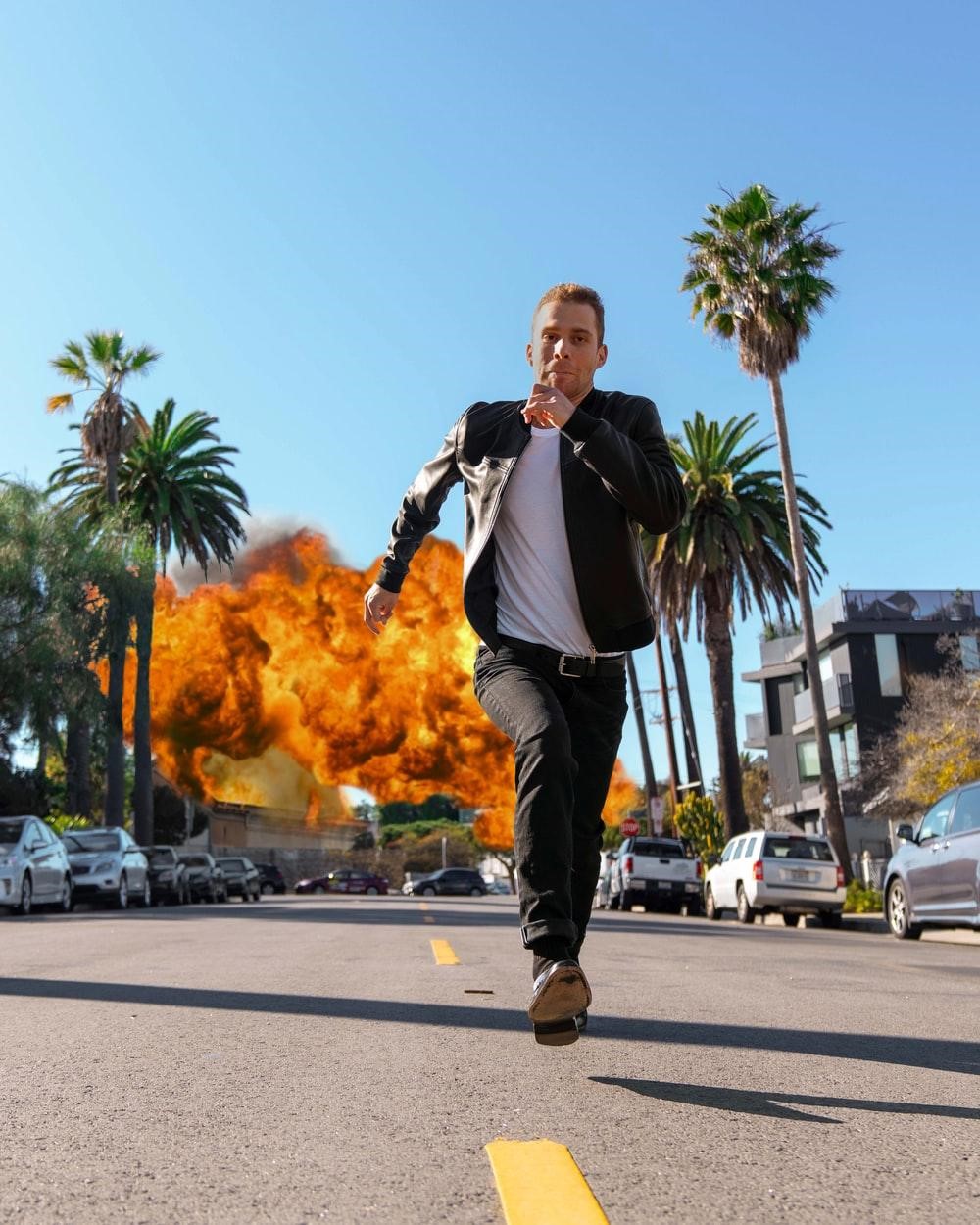
Frequently Asked Questions (FAQs)
| Which is better: animation or graphic design? While they are both a part of the visual design field, the end products are pretty different. Graphic design creates graphics meant to attract or sell, while animators create animations to tell a story. |
| Is motion graphics 2D design? Motion graphics are not 2D designs. Instead, it is used to bring static 2D methods to life using animations. |
| Which software is best for motion graphics? There are various tools popular with motion graphics artists, including Adobe Photoshop, Adobe Illustrator, Cinema 4D, Adobe After Effects, and many more. |
| Our animators and illustrators the same? Illustrators create a visual story and its characters. At the same time, animators give those characters and stories life by using software to bring them to life. |
Conclusion
Based on what we have learned above, there is considerable overlap between motion graphics animation and other types of animation. As we mentioned before, the entire motion graphics vs. animation debate is a matter of minor differences between related terms.
No matter the type of animation you choose, whether it’s motion graphics or any other form of animation, the result should fulfill its intended purpose. Ideally, the objective is to create videos that appeal to the consumer and tell them your story. Therefore, any animated video that fulfils that criteria are a well-designed animation.
Suppose you are looking for high quality animations for your company. In that case, our video animation services can help you develop videos for all aspects of your business.

Logopoppin
Logopoppin is a graphic design agency that specializes in logo designing, web development, video production and advanced branding services. We love to innovate businesses with new age technologies, allowing them to improve their visual reputation.


